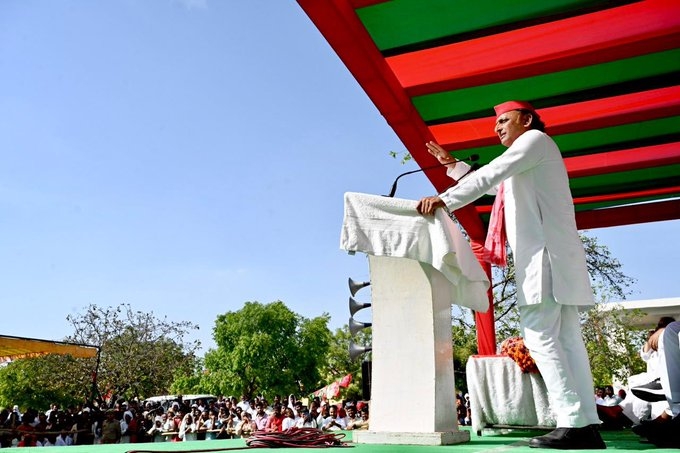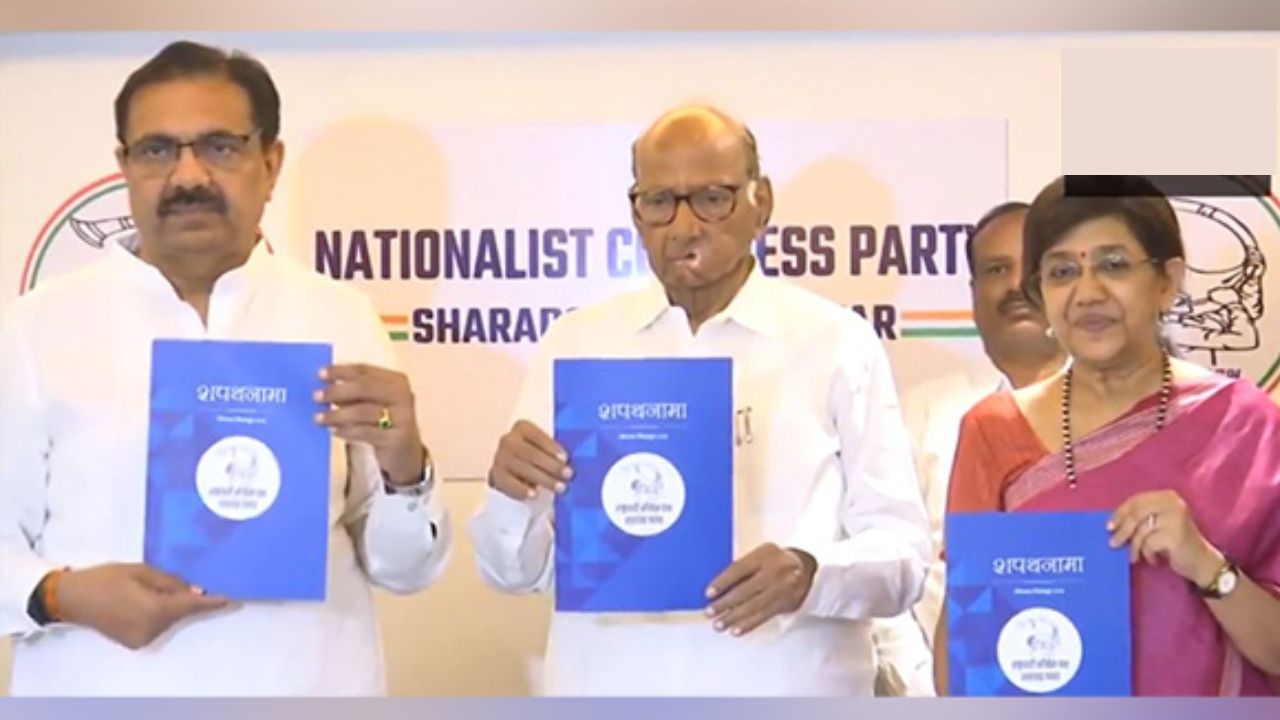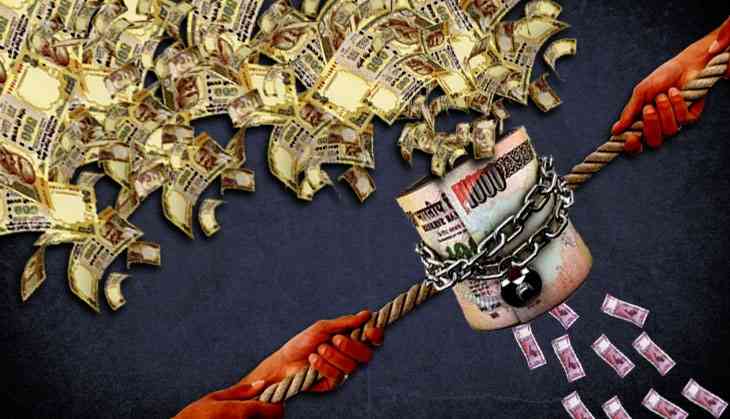
On November 8, two years back in 2016, Prime Minister Narendra Modi made a historical announcement of 'note-ban', a move to eliminate all the 'black-money from the country. The oppositions have named the BJP-led government move as “ill-advised” and “Tughlaqi”. On this occasion Congress has declared to hold protests across the country on the second anniversary of demonetisation, seeking an apology from Prime Minister Narendra Modi for “ruining” and “wrecking” the country’s economy.
On Thursday, Demonetisation or notebandi turns two and it is still a hot topic of debate that how much fruitful it was for the Indian economy. The debate is on that Congress calls the demonetisation the biggest failure of BJP government's move while BJP claims it a key move to eliminate black money from the country and booster for the Indian economy.
According to IndianExpress reports, the noteban exercise rendered 86 per cent of India’s major old currencies of Rs 500 and Rs 1,000 invalid.
Here the question rise in every common man's mind strike is, that is BJP-led Narendra Modi government's notes ban is a failure?
Several people, including opposition parties, calls demonetisation as an utter failure that pushed the Indian economy back. The BJP government announced the banning of Rs 500 and Rs 1,000 notes on 8 November 2016 with three main objectives, ie. curbing black money hoarding, tackling the menace of fake currency and dealing a blow to terror financing.
Along with these, the BJP government also wanted to give a push to digital transactions and bring more people into the tax net.
The total value of Rs 500 and Rs 1,000 banned notes was Rs 15,417.93 billion, out of which Rs 15,310.73 billion was returned. This means that around 99.30% of the banned notes were returned, claims RBI in reports. The value of the currency that did not return is far less than what the Modi government had expected.
While speaking about the fake notes problem, reports claimed that the overall detection of counterfeit notes was 522,783 pieces in 2017-18 as compared to 762,072 pieces in 2016-17, which is 31.4 per cent lower. But, the number of fake notes of Rs 2,000 denomination jumped to 17,929 in fiscal 2017-18 as compared to 638 pieces in 2016-17. Similarly, 9,892 pieces of counterfeit notes were detected in the new Rs 500 banknotes in 2017-18 as compared to 199 in the previous fiscal. So the overall fake notes in terms of the number of counterfeit notes have come down, but the counterfeiting of new Rs 500 and Rs 2,000 notes, that boast of improved security features, has gone up.
Is Demonetisation a failure?
Demonetisation was a shocking announcement for the common people that it impacted every stratum of the society. Banks and ATMs flooded with long queue to exchange notes and get rid of the worthless currency, during which several people died. Meanwhile, Demonetisation, a bold move of BJP government could have potentially have ended a Prime Minister's or party's chances of ever being voted to power again or make them retain the power, all depend on its failure or success.
So, it is still a big question all and seeking its answer, is a demonetisation failure for the BJP government?


_251372_300x172.jpg)
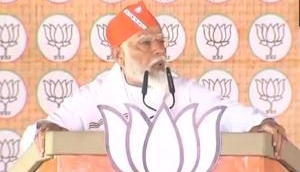
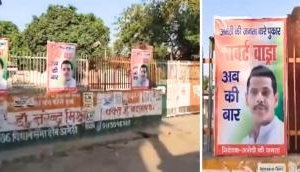
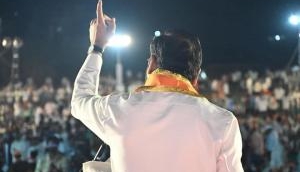

![BJP's Kapil Mishra recreates Shankar Mahadevan’s ‘Breathless’ song to highlight Delhi pollution [WATCH] BJP's Kapil Mishra recreates Shankar Mahadevan’s ‘Breathless’ song to highlight Delhi pollution [WATCH]](http://images.catchnews.com/upload/2022/11/03/kapil-mishra_240884_300x172.png)

![Anupam Kher shares pictures of his toned body on 67th birthday [MUST SEE] Anupam Kher shares pictures of his toned body on 67th birthday [MUST SEE]](http://images.catchnews.com/upload/2022/03/07/Anupam_kher_231145_300x172.jpg)


